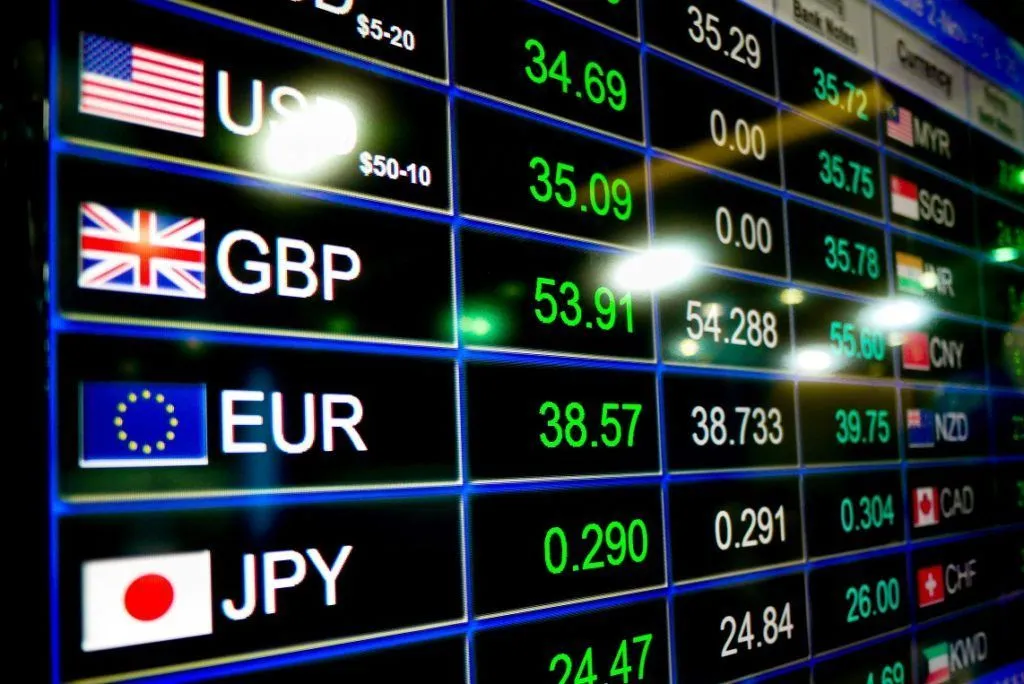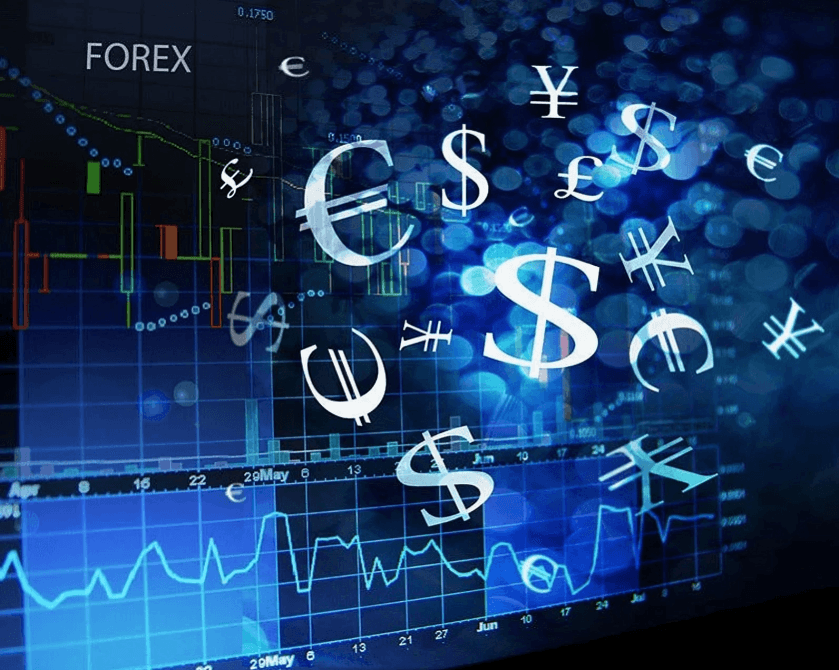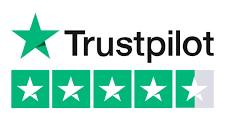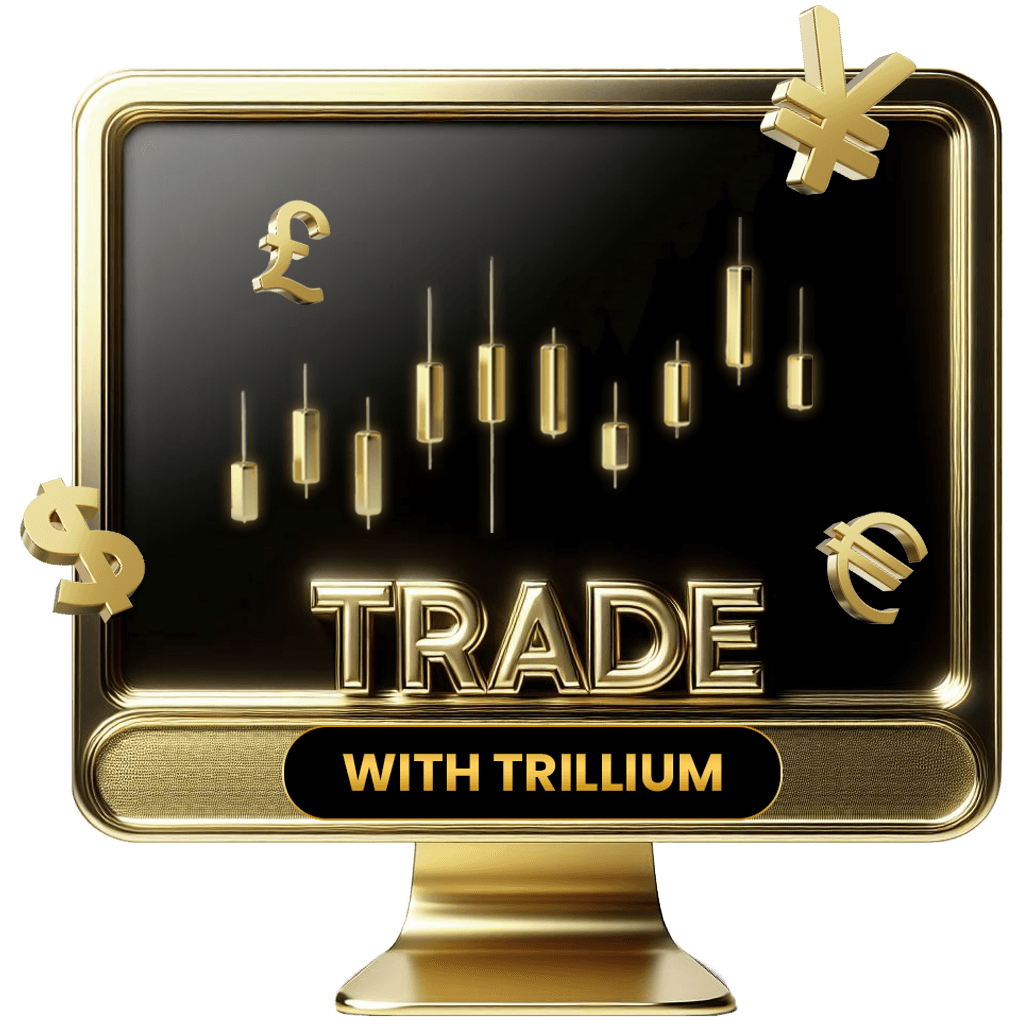A trading platform’s fee is probably the most essential thing in choosing a platform. Online Trading platform fees would usually eat a lot from a profit, especially for an active trader. Even though some platforms claim commission-free trading, they may conceal other fees from you. Therefore, having knowledge of the two fee structures and hidden fees will help each trader come to a good decision and avoid surprise or added fees that pop up last minute.
Commission Fees
This is one of the most common forms of trading platform charge anytime you are buying or selling an asset. Some platforms charge a straight commission per trade, while other ones will base it on a percentage model. For instance, a trading platform may take a fixed amount of say, $5 per trade. Others may have a 0.5% amount taken on a total transaction amount. While commission price were once the norm in the industry, many modern online brokers now offer commission-free trading on certain asset classes, such as stocks and ETFs. However, even commission-free platforms often have other costs that traders should be aware of.
Spread Fees
Instead of charging direct commissions, some trading platforms generate revenue through spread fees. Spread refers to the difference between a buy price (ask) and the selling price (bid) of an asset. It is mostly prevalent in trading currencies in the foreign exchange and CFD. For instance, if the quote of the currency pair comes out to be 1.2000 in bid and 1.2002 in ask, then spread would be 0.0002, which equals 2 pips. This is seemingly a minor difference, but spreads can add up quickly for traders who initiate multiple trades per day. A spread with wider scope may therefore end up increasing the trading costs of a user, no matter how much commission-free the service bill is.
Subscription and Membership Fees
Some trading platforms charge users subscription or membership fees for availing the extra premium features and more advanced trading tools. Such platform charges are usually demanded to gain access to deep market analysis, real-time data, or AI-powered trading strategies. Subscription fees are very diverse, ranging from $10 to $50 per month for professional charting tools and research reports. While these features can be helpful for serious traders, one should evaluate whether they justify the extra cost. Additional memberships on some of the platforms vary, where for a higher trading fee or insider information, some traders pay a premium. Some trading platforms charge subscription fees for premium tools like real-time data & AI strategies. Register for a trading demo account to explore features risk-free
Inactivity Fees
Inactivity fees are often a forgotten cost to traders who trade less frequently. Most platforms impose a fee after an account goes inactive for any period of time, usually from three to six months. For example, a trading exchange may charge $10 per month if there are no trades in a specified period. Such fees are used as an incentive to continuously trade, although it might come as a heavy burden for a casual investor or a break from the market. Traders will have to check their policies first and either find ways to stay active or opt for a platform that does not charge its users for inactivity.
Deposit and Withdrawal Fees
Some trading platforms charge fees on deposits or withdrawal of funds from your account. These fees depend on the method of payment; for example, bank transfers, credit cards, or digital wallets. Bank wire transfers are very expensive, costing between $10 and $30 per transaction. Credit card deposits attract processing fees of about 2-3%. Also, some accounts offer free deposits, but the withdrawal fees may apply, making it extremely frustrating for traders who move large amounts frequently in and out of their accounts. Other places may set a withdrawal limit where some amount has to be withdrawn, which can be extremely inconvenient for people who want minimal withdrawal amounts.
Data and Market Access Fees
Access to real-time market data and advanced analytical tools usually incurs an additional fee. While most of the trading platforms provide basic market data for free, some require an additional fee to access more professional tools like Level 2 market depth, institutional-grade research, and premium news feeds. Such fees might vary from $10 to $50 per month depending on the platform and level of data available. Traders who depend on real-time information for high-frequency trading, scalping, or algorithmic strategies may need these fees, while casual traders may not require such advanced features.
Margin and Financing Fees
For traders who use margin accounts, brokers charge interest on the borrowed funds. This is known as the margin or financing fee and is calculated as an annual percentage rate (APR). The margin varies with the amount borrowed and the interest structure of the broker, usually ranging between 6% and 10% per annum. Margin fees can easily erode profits from leveraged trades, especially if positions are held for an extended period. It is thus important for margin traders to incorporate these costs in their trading strategy so that the potential profits exceed the financing costs.
Currency Conversion Fees
Currency conversion charges are that traders who buy and sell assets in different currencies may incur. This amount is charged whenever funds are exchanged between different currencies, such as when trading international stocks or forex pairs. Most trading platforms charge a conversion fee ranging from 1% to 3% of the transaction value, which can add up over time. Some traders avoid these amount by using multi-currency accounts or choosing platforms with lower conversion rates.
Hidden Fees to Watch Out For
Many traders make a complaint about commission and spreads but fail to report hidden fees that can rack up quickly. For instance, some brokers may charge account maintenance fees, statement fees, or even a fee for closing an account with little prior warning. Some will also provide priority customer service and high-class research for an additional amount. Traders should be extremely cautious about the terms and conditions that a platform has in place before making an account.
Conclusion
Learning the charges of a trading platform is important for a trader to generate maximum profits without incurring undue expenses. Even though most platforms promote low-cost or commission less trading, they make up with spreads, fees for inactivity, and deposits or withdrawal charges. Traders must be aware of fees, vigilant towards hidden fees, and select a platform that will suit their spending limit and methodology. Trillium Financial Broker transparency, flexibility, and budgeting—are the secrets to successful trading. Always put Trillium Financial Broker first when choosing a platform to retain more of your profits and trade smarter!











